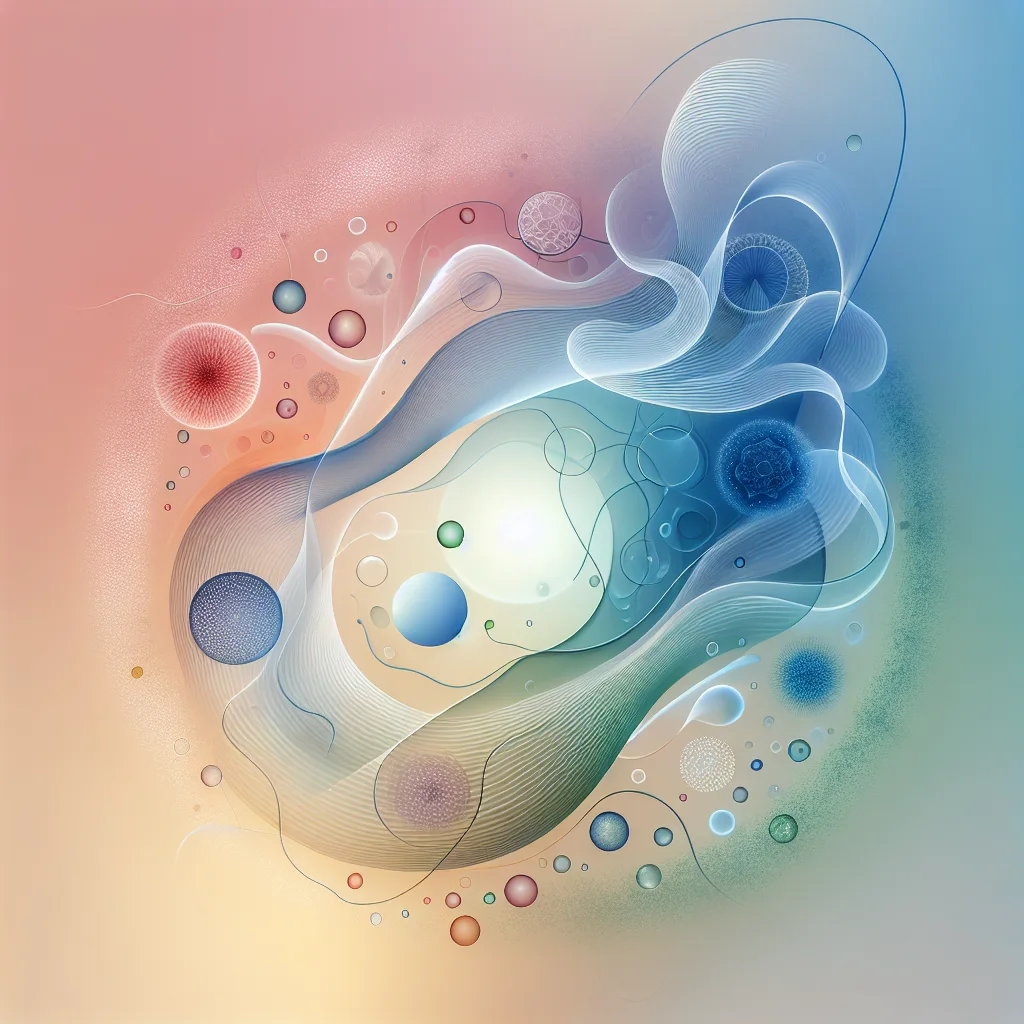Glioblastoma: The Current Landscape and Promising Trials
Glioblastoma is an aggressive type of brain cancer that originates in glial cells, which provide support and protection to the neurons in the brain. It is the most common and deadliest form of brain cancer in adults, accounting for approximately 15% of all brain tumors. The epidemiology of glioblastoma reveals that it primarily affects individuals between the ages of 45 and 70, with a slightly higher incidence in males.
Diagnosis
The diagnosis of glioblastoma is based on a combination of imaging studies, such as magnetic resonance imaging (MRI), and a biopsy to confirm the presence of cancerous cells. Radiologists analyze the MRI scans meticulously to identify any abnormal growth patterns or tumor characteristics that help determine the extent and location of the tumor.
Treatment
Glioblastoma treatment often involves a multimodal approach, which combines surgery, radiation therapy, and chemotherapy. The main goal of surgery is to remove as much of the tumor as possible, while carefully preserving the nearby healthy brain tissue. Following surgery, patients undergo radiation therapy to target any remaining cancer cells and minimize the risk of recurrence. In conjunction with radiation therapy, chemotherapy is administered to further suppress the growth and spread of the cancer.
Now let's delve into the most important drugs currently used to treat glioblastoma and explore some promising drugs that are undergoing late-stage clinical trials.
Current Treatment Drugs for Glioblastoma
1. Temozolomide (TMZ): This oral chemotherapy drug is considered the gold standard for glioblastoma treatment. It works by damaging the DNA of cancer cells, thus impeding their ability to divide and grow rapidly. Despite its efficacy, some patients may develop resistance to TMZ over time.
2. Bevacizumab (Avastin): This targeted therapy drug inhibits the formation of new blood vessels within the tumor, cutting off its blood supply and impeding its growth. Bevacizumab is often used in combination with other treatment modalities.
3. Carboplatin: This chemotherapy drug is frequently utilized alongside radiation therapy. It interferes with the DNA replication process in cancer cells, preventing their proliferation and ultimately leading to cell death.
4. Lomustine (CCNU): Another chemotherapy drug that has shown efficacy in the treatment of glioblastoma. Like others in its class, Lomustine inhibits DNA replication and disrupts the cancer cell's ability to divide and multiply.
Promising Future Drugs in Glioblastoma Trials
1. Toca 511 & Toca FC: This investigational therapy involves the use of a modified virus called Toca 511, which is designed to selectively infect and kill cancer cells. Toca FC is an oral drug that helps convert Toca 511 into an active form, enhancing its anti-tumor effects. Early clinical trials have shown promising results in extending overall survival in patients with recurrent glioblastoma.
2. EGFRvIII Vaccines: EGFRvIII is a mutation commonly found in glioblastoma tumors. Vaccines targeting this mutation aim to stimulate the patient's immune system to recognize and attack cancer cells expressing EGFRvIII. Several clinical trials are underway to evaluate the safety and effectiveness of EGFRvIII vaccines, with preliminary data showing encouraging immune responses and prolonged survival in some patients.
3. ABT-414: This antibody-drug conjugate targets the protein EGFR, which is often overexpressed in glioblastoma. By attaching a cytotoxic drug to the antibody, ABT-414 delivers a potent anti-cancer effect directly to the tumor cells, sparing healthy tissues. Phase II clinical trials have demonstrated promising outcomes in patients with recurring glioblastoma harboring EGFR amplification.
Conclusion
Glioblastoma is a formidable opponent, posing significant challenges in its diagnosis and treatment. While current drugs such as temozolomide and bevacizumab provide valuable treatment options, ongoing clinical trials offer hope for improved outcomes. Emerging therapies like Toca 511 & Toca FC, EGFRvIII vaccines, and ABT-414 show promise in the fight against glioblastoma. As researchers continue to explore innovative approaches, the future of glioblastoma treatment shines with the potential for breakthroughs that may transform the lives of patients fighting this devastating cancer.
